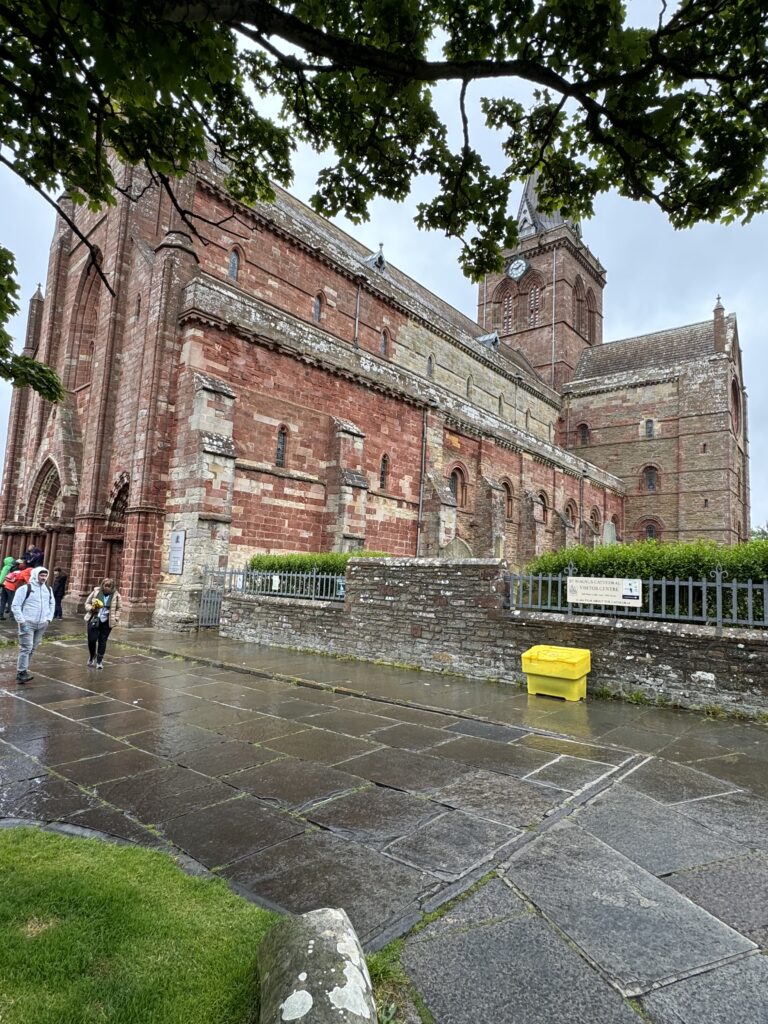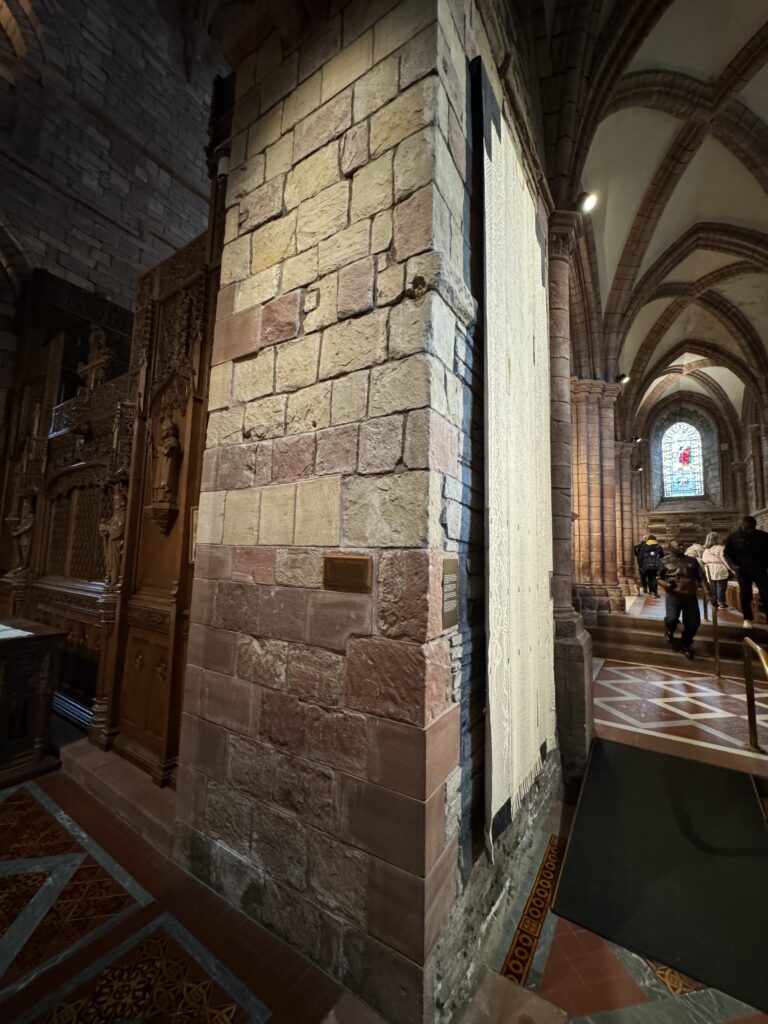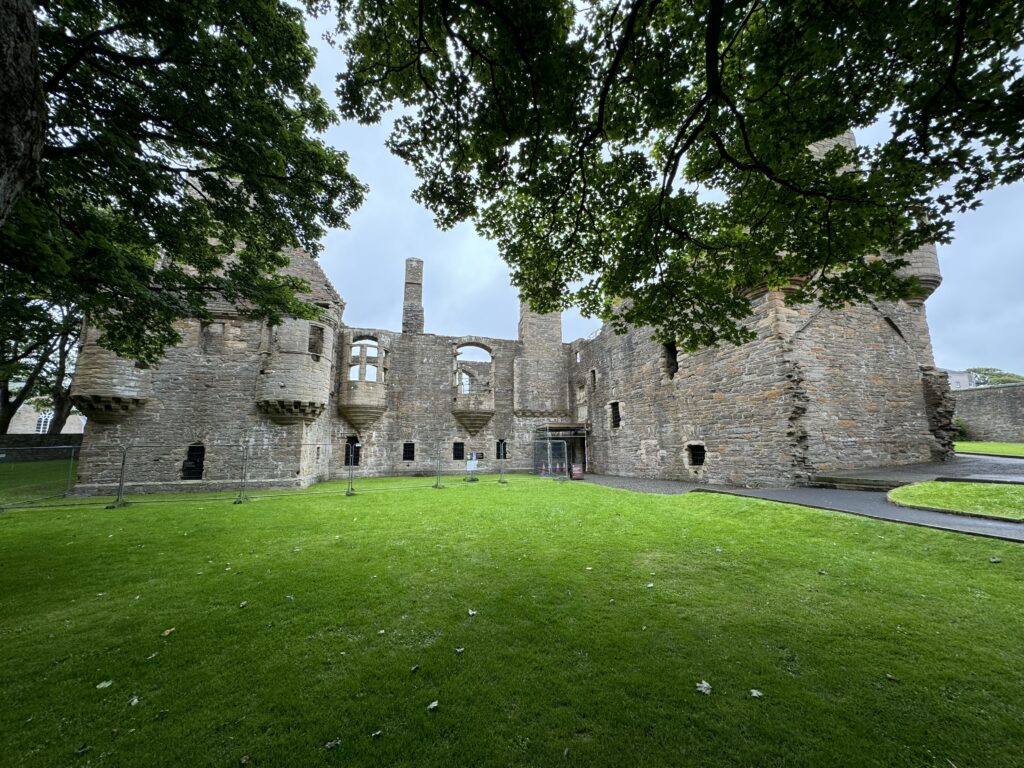
I’ve long had trouble with the labels “saint” and “martyr,” the former because it’s been used historically by churches in an unbiblical manner and the latter because It’s been used so broadly as to lose all significance. This blog long ago abandoned those labels for the phrase “Kingdom hero.”
It was both these labels that caused me some consternation with Saint Magnuson. Why was he made a saint? Because he was martyred. How was he martyred? He was killed by his cousin and joint-ruler Hakon who wanted to be sole ruler of Orkney. Why does that make him a martyr? Because Magnus was a good man.
So, I decided to go to the source: Orkneyinga Saga: The History of the Earls of Orkney, written within approximately 100 years of Magnus’s death. I’ve come to the conclusion Magnus was indeed a Kingdom hero. Magnus was co-ruler of the Orkney Islands for seven years (1110 -1117 A.D.). He loved God, was pious, just, and treated the rich and poor alike. And then there is this:
He was gentle and agreeable when talking to men of wisdom and goodwill but severe and uncompromising towards thieves and vikings putting to death most of the men who plundered the farms and other parts of the earldom. He had murderers and robbers arrested, and punished the rich no less than the poor for their robberies, raids and other transgressions.
Orkneyinga Saga, 45.
At this point, the culture of Orkney was likely still dominated by the Norse, i.e. the Vikings. Olaf Tragvasson had sent missionaries to Orkney just the century before, so I’m guessing Viking culture still existed in Orkney. Perhaps they were seen like cowboys in America, idealized and romanticized notalgically. That Magnus was so harsh on the very lifestyle that had once been the dominate culture of the Vikings shows Magnus was a man intent on ruling according the law of God rather than man.
The fear of the Lord is the beginning of wisdom, and the knowledge of the Holy One is understanding.
Proverbs 9:10
Magnus lived his life in the fear of God rather than man, and that is what made him a great leader. He was not swayed by public opinion; he swayed it in accordance with the culture of the Kingdom. He called the people of Orkney to a higher standard and they and the Orkney Islands were better for it.
Magnus did die heroically, forgiving his cousin for what he was about to do and praying he would ultimately repent so his soul would be saved. Apparently it had an effect because Hakon later made a pilgrimage to Jerusalem and became a good ruler of the Orkney people. Whether Hakon actually became a Christian, it Orkney continued on a Christian path.
Magnus, because of his life and death, was made the patron saint of the Orkney Islands, although Olaf Tragvasson is given credit for bringing the gospel to the Orkney Islands during the second half of the tenth century after he was converted on a Viking raid in England.
Today, though, it was all about St. Magnus and the weather. It was cold and rained all day. We tendered into Kirkwall from the cruise ship and then walked into town. I had already lost The Wife to the shops before I got to St Magnus Cathedral in the center of town.

St Magnus Cathedral is the oldest cathedral in Scotland, established in 1137, 20 years after Magnus’ death and in his honor. Magnus is interred in one of its columns. There is a plaque on the column and a cross on the brick six feet above that at the spot where his bones reside.
Across the street from the cathedral are the remains of the Bishop’s Palace, which seems like an oxymoron, or it should be an oxymoron. Holy men went from sitting on polls and living in caves in the first century to living in palaces in the twelfth, both extremes at odds with their mission to make disciples and change the world.

After lunch, I visited the museum in town. It was free admission, thanks to the taxpayers in Kirkwall, and contained, among other things, a room devoted to artifacts from the Picts and another to the Vikings.
The ride back to the ship was the wildest I have had in a tender on any cruise, and we have been on a lot. As we neared the ship, the waves were tossing us up and down, left and right, and then the pilot, trying to maneuver crashed the tender into the ship so hard I was sure he had damaged the hull of the tender. He then pulled back and circled for another attempt, and we were able to transfer to the ship.
It told the rest of the team of my tender ride while they were enjoying their drinks in the lounge so they would not forget this is not a pleasure cruise but a quest for the things of the Kingdom buried in the history of all the places we were visiting.
In response, they ordered another round of drinks. GS
